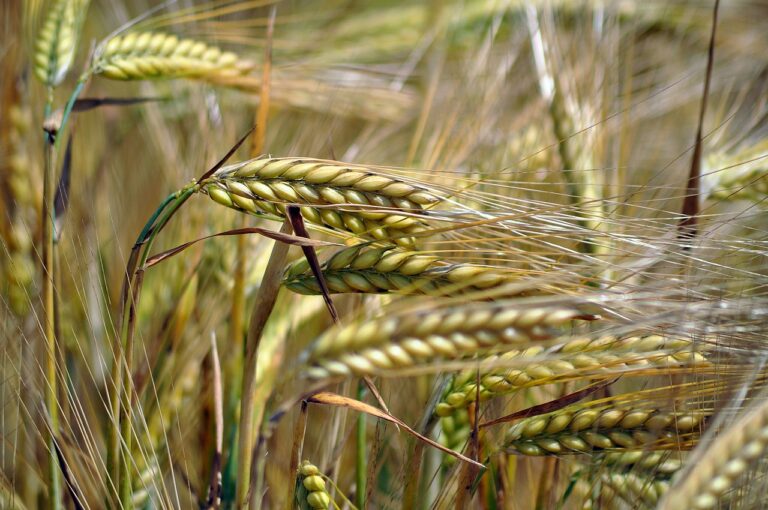Tackling Food Deserts: Strategies for Increasing Access to Fresh and Nutritious Food in Underserved Areas
Access to fresh, healthy food is a basic necessity for every individual in society. However, in many underserved communities, the presence of food deserts presents a major obstacle to obtaining nutritious options. Food deserts are areas where residents have limited access to affordable and nutritious food, often due to a lack of grocery stores or fresh food markets in the vicinity.
The challenges of food deserts in underserved communities extend beyond just physical proximity to supermarkets. Economic factors, such as low household incomes and limited transportation options, further exacerbate the issue. As a result, many individuals living in these communities are forced to rely on convenience stores and fast food outlets for their meals, which are typically high in calories, sugar, and unhealthy fats.
Understanding the Impact of Limited Access to Fresh Food
Limited access to fresh food in underserved communities has significant consequences on the overall health and well-being of residents. Without easy access to nutritious fruits, vegetables, and other fresh food options, individuals living in food deserts often struggle to maintain a balanced diet. This lack of dietary variety can lead to deficiencies in essential vitamins and minerals, ultimately increasing the risk of chronic health conditions such as obesity, diabetes, and heart disease.
Moreover, limited access to fresh food can also impact mental health and cognitive function. Studies have shown that a poor diet lacking in fresh produce and whole foods can contribute to increased levels of stress, anxiety, and depression. Without access to the necessary nutrients that support brain function, individuals in these communities may experience difficulties in concentration, memory, and overall cognitive performance.
Identifying Factors Contributing to Food Deserts
Food deserts are areas where residents have limited access to fresh, healthy, and affordable food options. Several factors contribute to the existence of food deserts in underserved communities. One significant factor is the lack of grocery stores and supermarkets in these areas. Instead, residents often rely on convenience stores or fast-food restaurants for their food needs, which typically offer fewer fresh and nutritious options.
Socioeconomic factors also play a crucial role in the creation of food deserts. Low-income communities are more likely to be affected by limited access to fresh food due to financial constraints. Additionally, transportation barriers can further exacerbate the issue, making it difficult for residents to travel to areas with better food options. These factors combined create a challenging environment for individuals in food deserts to maintain a healthy diet and overall well-being.
Lack of grocery stores and supermarkets in underserved communities
Reliance on convenience stores or fast-food restaurants with limited healthy options
Socioeconomic factors such as low income contributing to limited access to fresh food
Transportation barriers making it difficult for residents to reach areas with better food options
What are food deserts?
Food deserts are areas where residents have limited access to affordable and nutritious food, particularly fresh fruits and vegetables.
Why are food deserts a problem in underserved communities?
Food deserts in underserved communities can lead to negative health outcomes, such as higher rates of obesity and chronic diseases, due to limited access to healthy food options.
What factors contribute to the existence of food deserts?
Factors contributing to food deserts include economic barriers, lack of transportation, limited grocery store options, and systemic issues related to food distribution and availability.
How can the impact of limited access to fresh food be understood?
The impact of limited access to fresh food can be understood through examining the proximity of grocery stores, the affordability of healthy options, and the availability of transportation for residents to access fresh food sources.
What challenges do food deserts pose for residents in underserved communities?
Residents in food deserts may struggle with food insecurity, poor nutrition, and increased risk of health problems due to the lack of access to fresh, healthy food options in their neighborhoods.







